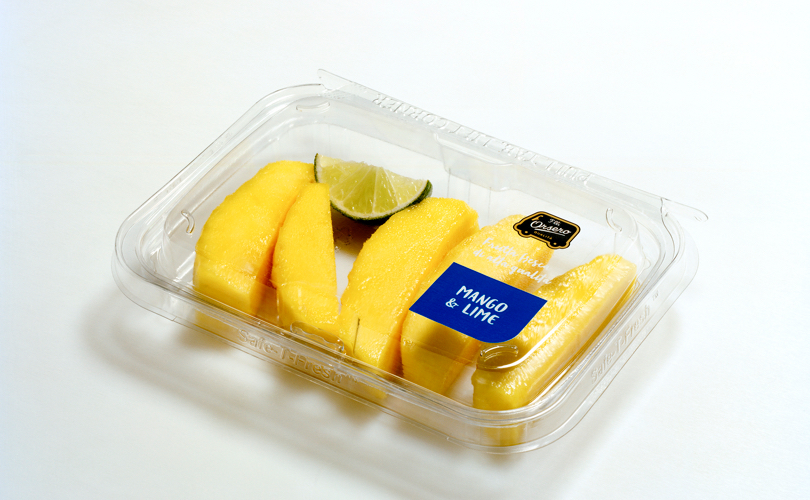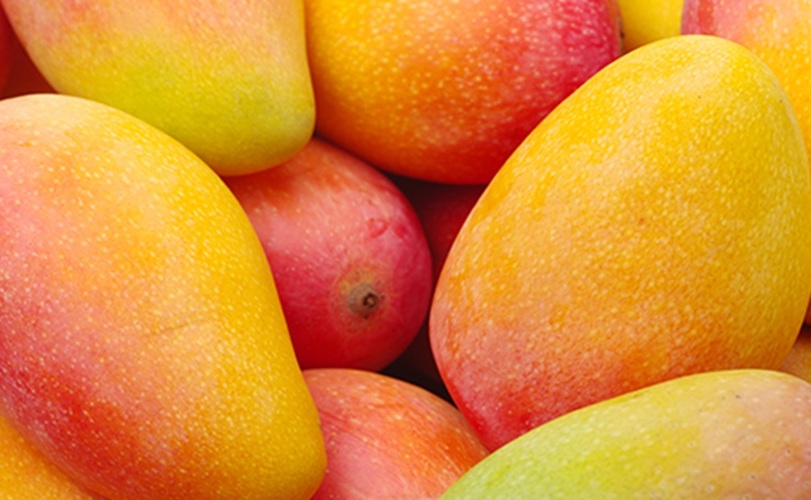Mangoes in Europe are increasingly bought as a freshly cut product, or as ready-to-eat. These two proposals increase the positive consumer experience and provide more diverse opportunities. However, it is worth bearing in mind the growing preference for local fruit. This preference can result in fluctuations in demand for mangoes. We take a look at the trend analysis published in European market potential for mangoes, a study conducted by ICI Business for the Center for the Promotion of Imports from Developing Countries (CBI).
Freshly cut mangoes are increasingly popular
Consumers who buy tropical (more expensive) fruit such as mangoes, are looking for a good experience and a quality product that fits with their fast-paced lifestyle. In a certain sense, ripened, ready-to-eat and freshly cut mangoes represent a safe and easy choice for people. Those who export to Europe can add value through processing or by supplying suitably ripened fruit.
Tree-ripened and ready-to-eat mangoes
Tree-ripened and air-freighted mangoes provide the best taste, while ripening in the destination country offers the consumer a more economical alternative.
In recent years, know-how and experience in fruit ripening has increased steadily and the technology has become more and more sophisticated. Specialised companies offer fruit ripening as a service, like Dutch company LBP (Logistic Business Partners), while large fruit suppliers like Ripenow and Nature’s Pride have implemented their own ripening facilities. The best way to supply ripening companies is to work closely with them and optimise fruit harvesting times.

Freshly cut mangoes
Mangoes for fresh cutting are also picked ripe. They provide convenience along with quality. This is why this particular segment is growing, especially in countries with a high demand for convenience products, such as the United Kingdom and the Netherlands. But the southern European countries of Spain and Italy are also driving this market. Getting perfectly ripened mangoes to European consumers will require exporters to maintain impeccable quality control.
One company that successfully entered the market for freshly cut mangoes is the British-Ghanaian Blue Skies. Its fruit can be found in Tesco supermarkets and, in 2019, the company introduced its fresh-cut mango range in Carrefour. Besides Ghana and the United Kingdom, the company also has cultivation and processing operations in Brazil, Egypt and South Africa to maintain flexibility in supplies and deal with fluctuations in the market.
For a supplier, entering the freshly cut mango business can have major implications above all in terms of complying with EU regulations on social conditions for workers and food safety requirements. Suppliers must also have efficient logistics and be able to work with large volumes and low margins.
Those exporting to Europe should first establish alliances that ensure they have a market for their cut mangoes. With the right alliances, freshly cut mangoes can provide a segment that not everyone is able to enter. In the long term, it will be important to guarantee the sustainability of the product. This is important because the market is increasingly oriented towards reducing plastic packaging and air-freighted fruit.

Foto d’archivio
Growing preference for local in-season fruit
Although the interest in tropical and exotic fruit is strong on the European market, there is also an increasing preference for locally produced and in-season fruit. This will not stop the interest in mangoes, but it ought to prompt suppliers to factor in stronger competition from local producers.
The main drivers for consumers to eat local, seasonal produce is the idea that it is fresher and more sustainable, because there is less transportation. But price, too, can be a factor that prompts consumers to buy local. According to fruit companies, it is sometimes difficult to supply tropical or exotic fruit when there are many local seasonal fruits on the market, because local products are often cheap and abundant. In addition, the complexity and costs of logistics during the COVID-19 pandemic have given buyers yet another reason to buy local fruits when possible.
Local sourcing also offers retailers better control over the supply chains and greater transparency. And a better-controlled and shorter supply chain results in a better-quality product.
It is unlikely that local fruit will affect the popularity of mangoes, but it can certainly influence its consumption. Mango consumption will continue to grow as long as mangoes can compete with local fruit. Nonetheless, stronger fluctuations in demand are to be expected, especially in the summer and during the Spanish mango season. Suppliers must guarantee maximum flexibility in pricing and in their export markets. Since mangoes are not the most stable fruit in terms of trade, it can be difficult to find buyers willing to commit to fixed volumes and prices.
These and other trends are set to be scrutinised at the Tropical Fruit Congress taking place on 6th May at Macfrut in Rimini. Myfruit.it is the media partner for the event and in the coming weeks will publish regular updates on the tropical fruit market and consumption in Italy and Europe.











